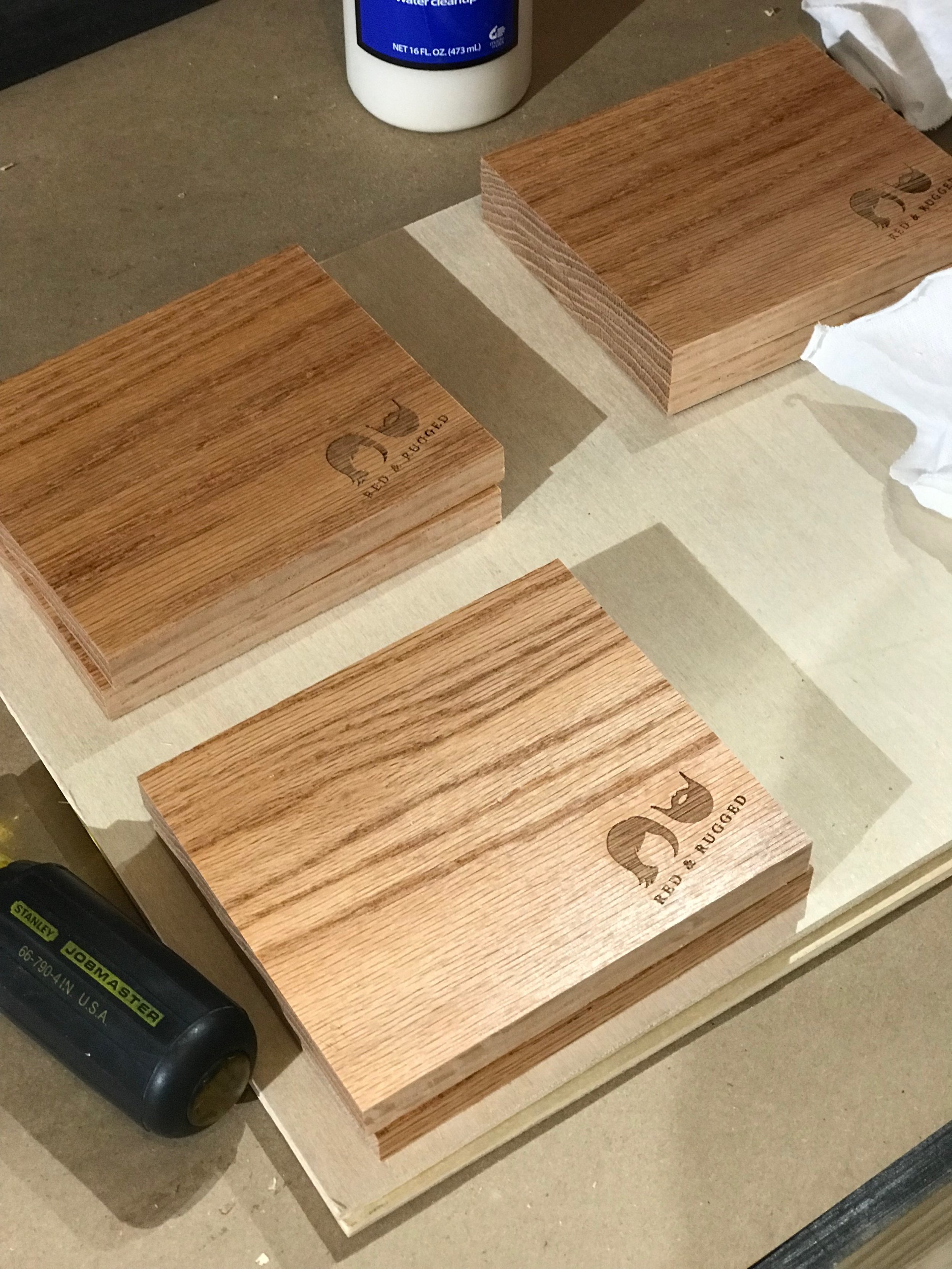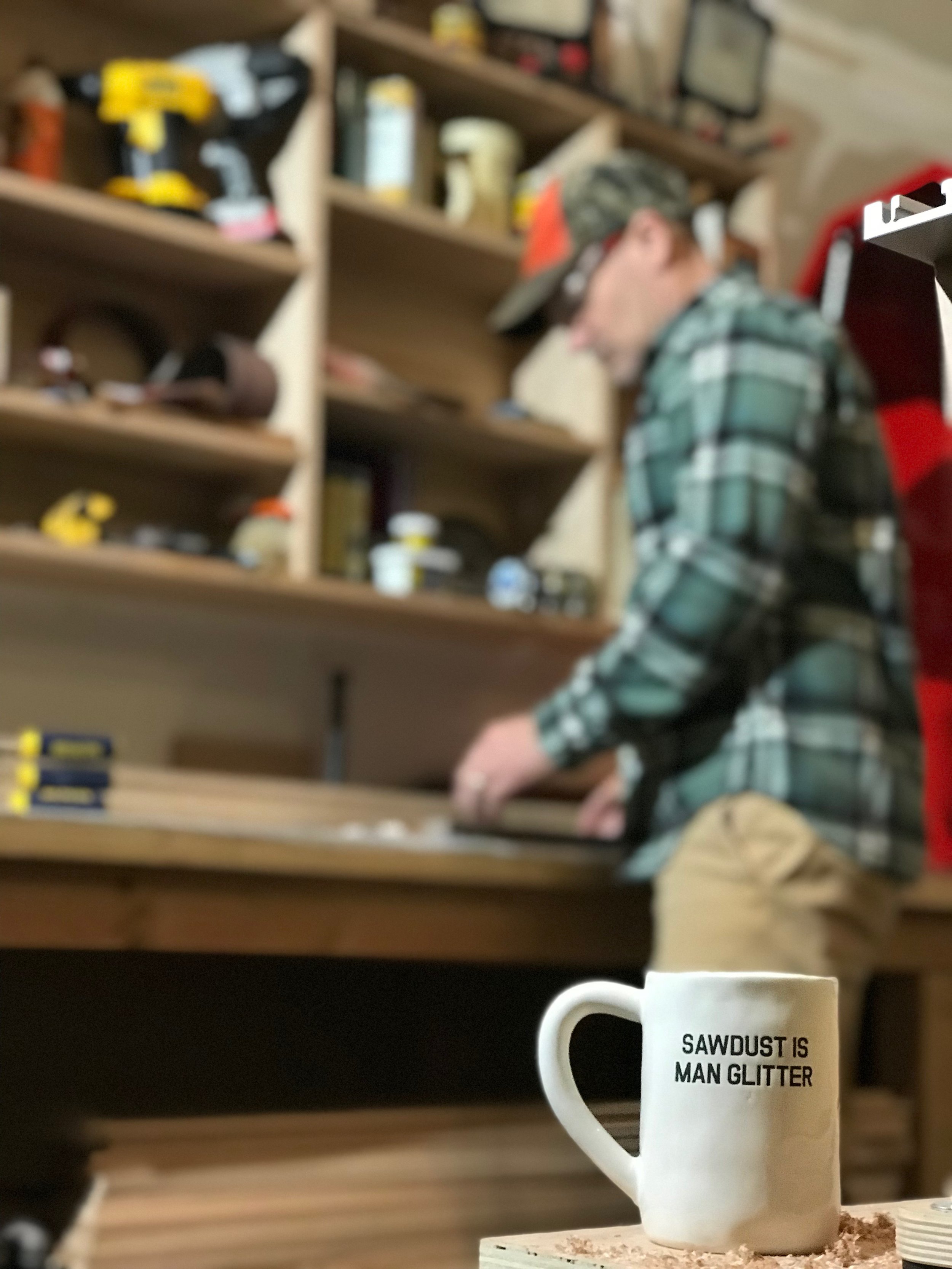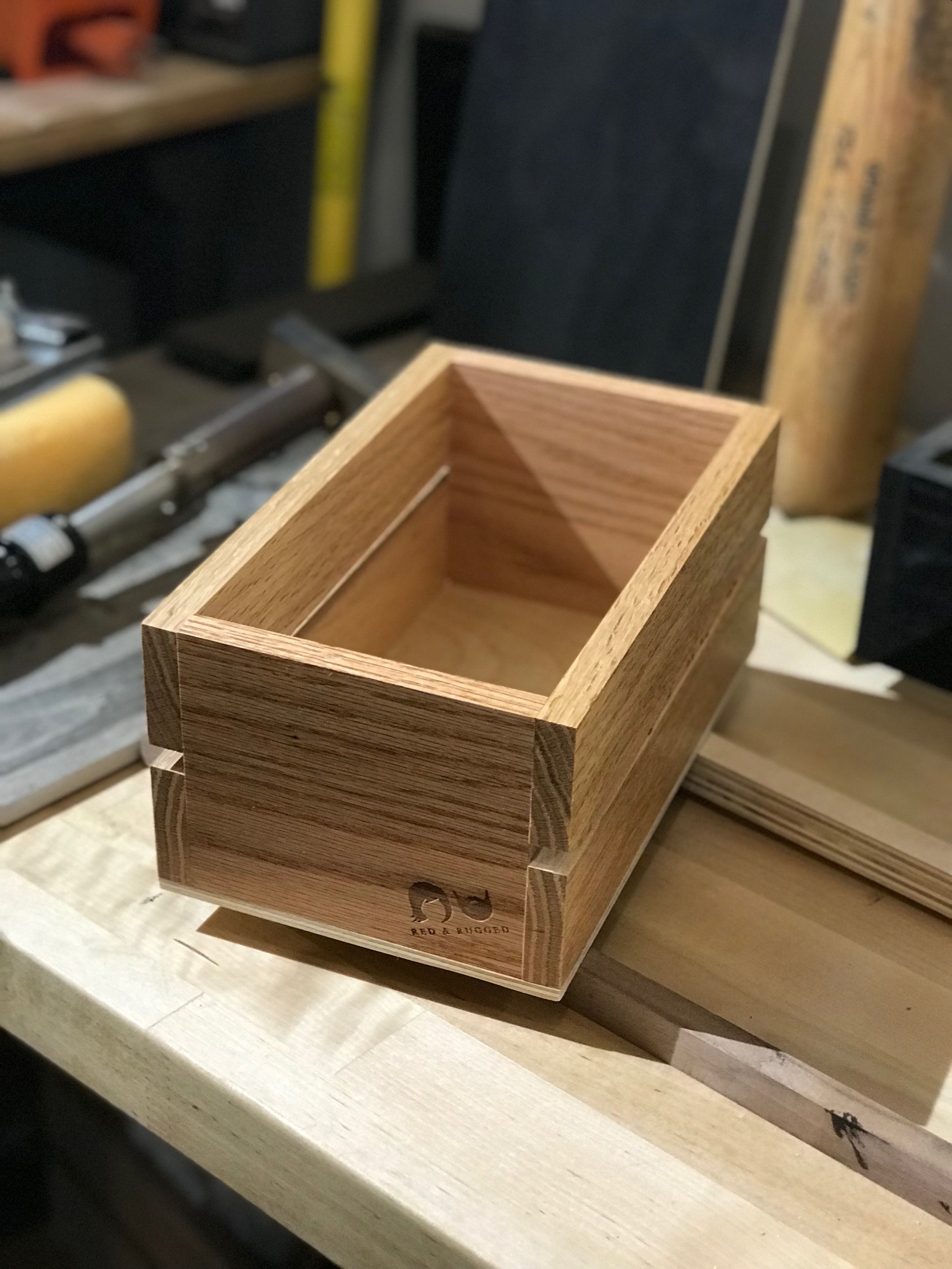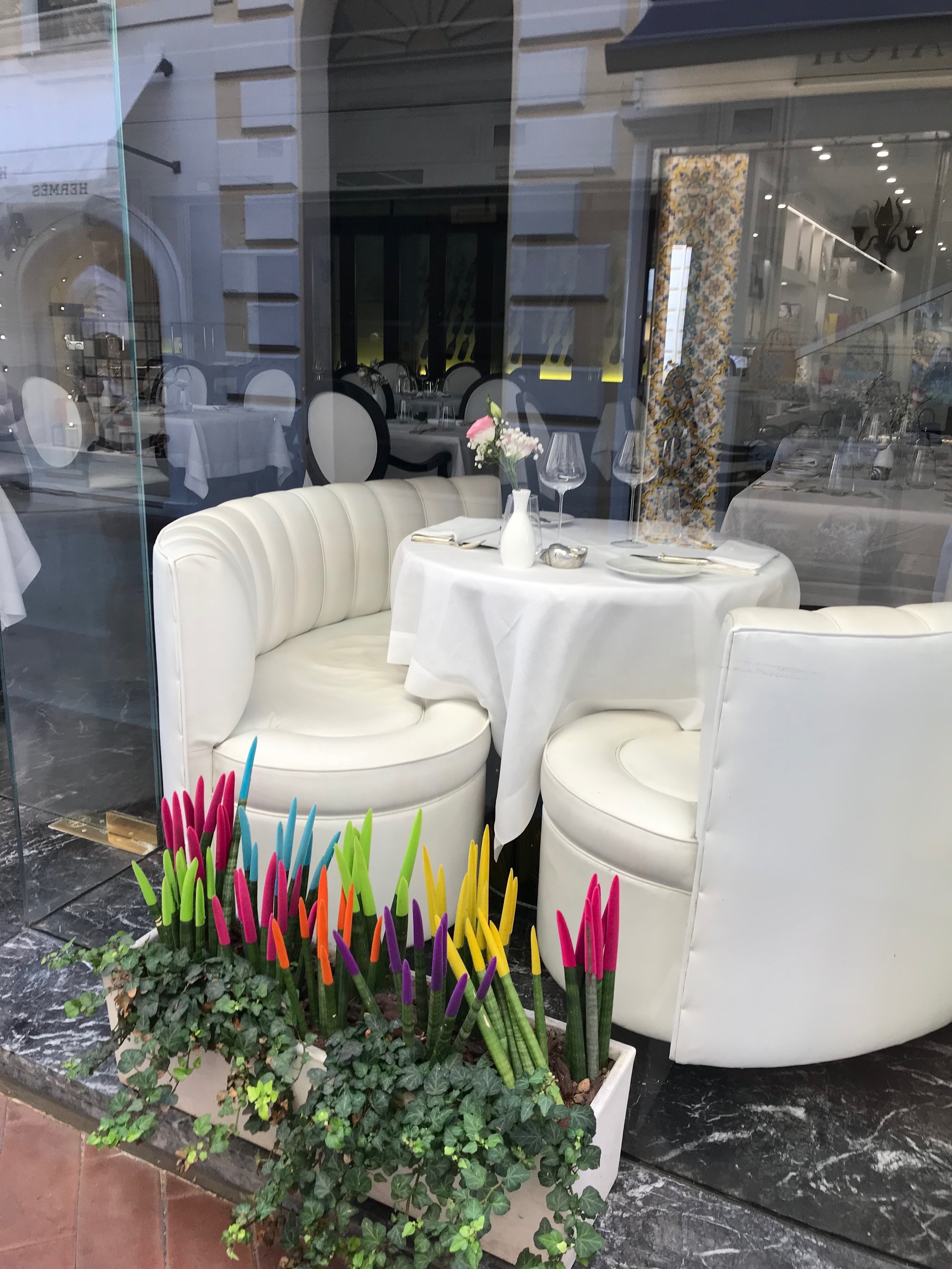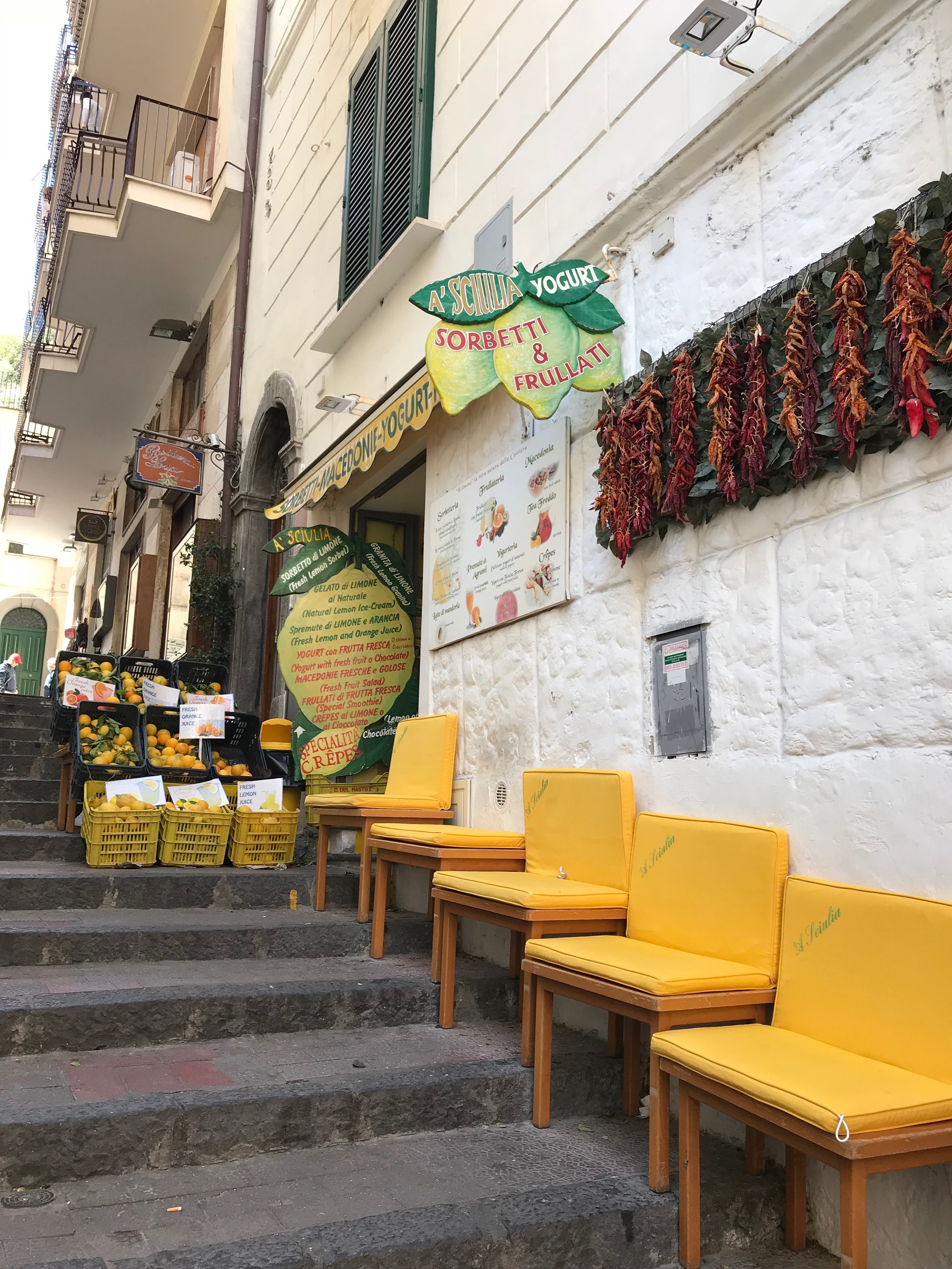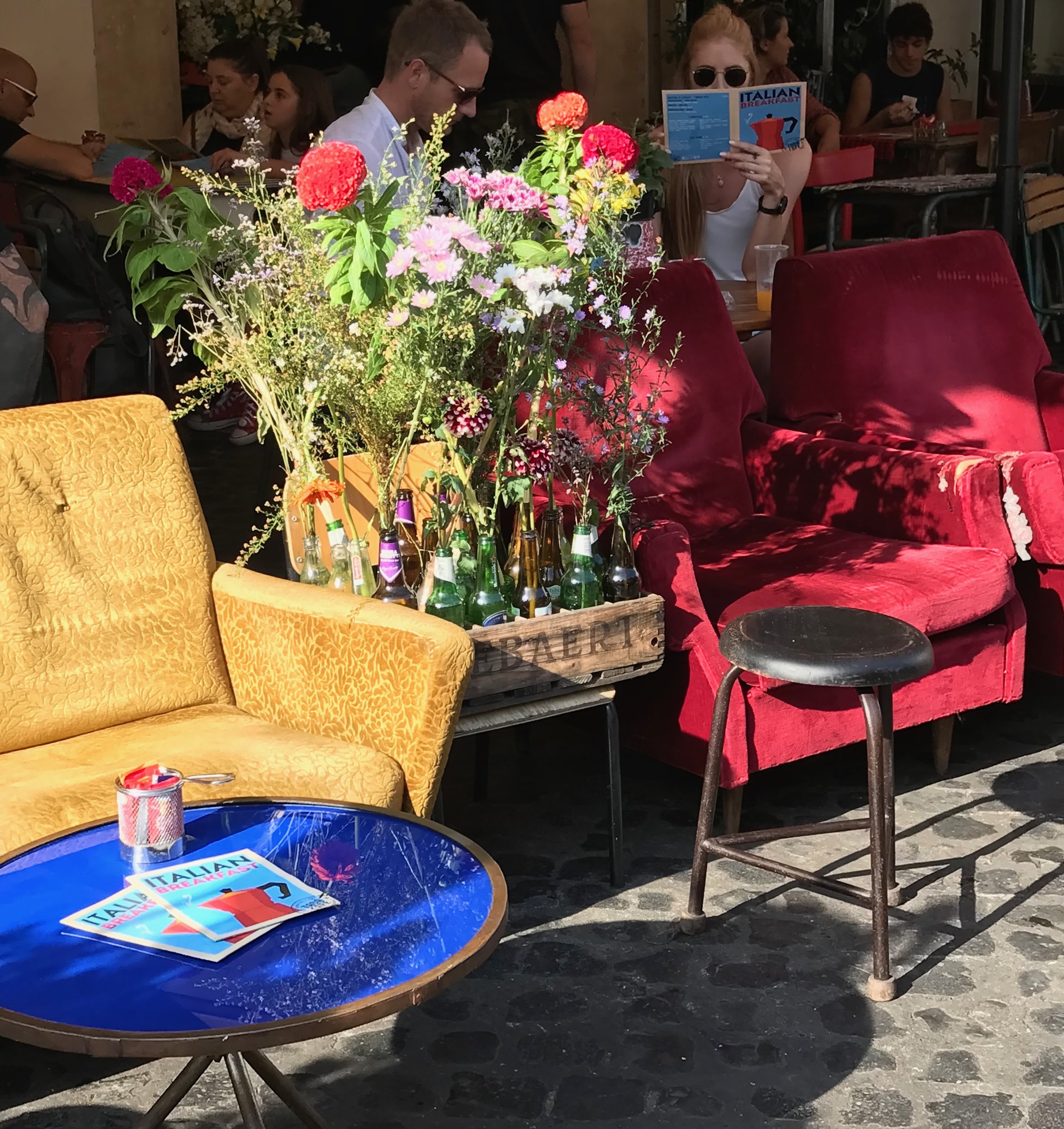How to Prep When You're Ready to Press "Record"
/The iPhone was in position, we were in our seats, our intro was prepared, and yet, hitting “record” on our first video still felt daunting. It sounds easy to record a 1-2 minute video. While the recording process might be, the rest is not. The prep work should not to be taken lightly.
Here are a few things we learned launching our video channel:
Background work. We took time to learn the how and why of using video. This came in the form of listening to several podcasts, even before watching videos. One interview that was particularly insightful came from Jenna Kutcher’s Goaldigger podcast 246, Hit Record. I’m a big fan of her business acumen. We took to heart her comment that sometimes you just have to press “record.”
This is not the place for snap decisions. We made the decision three months before we hit “record” to launch a video channel. We’ve been asked many of the same questions by clients and artisans, and from our research, this seemed like a good way to answer those questions. Recording itself takes a minute or two, but those minutes take weeks to research, plan and execute.
Say what? Prior to this, we had very little experience with a video platform and the steps to establish a channel (thus the iPhone reference in the intro). This includes determining which video platform to even use. (We chose You Tube.) Our website, and other social platforms, have been our initial priority. I had to add in the learning curve time – and frustration – of technically how to do it. (And we’re not done yet.)
New meaning of App-titude. It’s not just You Tube you have to download, but the YT Studio for editing. Since we don’t have a professional thumbnail, yet, we use what the Studio gives us for three photo choices. (Yes, just wait until you see the first three photos you can pick from as the “face” of your video. Hot tip: make sure you’re smiling when you hit “record.”) Test recordings, editing options (not yet), uploading, adding links, it takes time to learn this stuff.
What’s the story. Next we had to decide what we wanted to discuss on the videos. And not just the first one, but what’s the schedule for the next few months? What are the topics people ask us about, and what specifically will be valuable or interesting to share in a few minutes?
Integrate it into your content. How does this video content integrate into all the other content you produce? For example, how does this upload into a newsletter? And the web site? How will you promote this, and on what timeline? We decided to post one every two weeks, which we realize is like 10 years in internet time, but a reasonable commitment beats and unrealistic one.
Cut! Take 2,3,4… Ugh, can we just tell you it takes a lot of attempts to get one you can manage to use (assuming video isn’t your natural calling). Even though it’s not live and you can delete anything, it’s funny how being on camera suddenly elevates all your personal appearance issues to a new level. And, it’s not just what you say, it’s are you staring at the camera like a zombie? What do you wear? How’s your energy level? What do you say first? How do you close it out? The list is long. We originally wrote a list of points to keep by the video as it was recording so we wouldn’t forget. Then we stared at the list and not the camera, so we had to ditch that idea! (Hot Tip: You have to be willing to laugh at yourself!)
Press the red button. We are novices in this area, however, I’m proud that we’ve made the leap and entered a brand new era for us. We’ll evolve and laugh about this one day, but the plan is that folks out there in internet-land get to know us and learn a few things that are helpful too. We’re willing to try to bring new ideas to you, our subscribers, site visitors, followers and customers. Maybe it works, maybe it doesn’t, but we’ll be smarter business people for it, and have some laughs along the way.
Lights, Camera! Action! See for yourself here… (be sure to subscribe for bonus editions and we’d love a “thumbs up!”)



